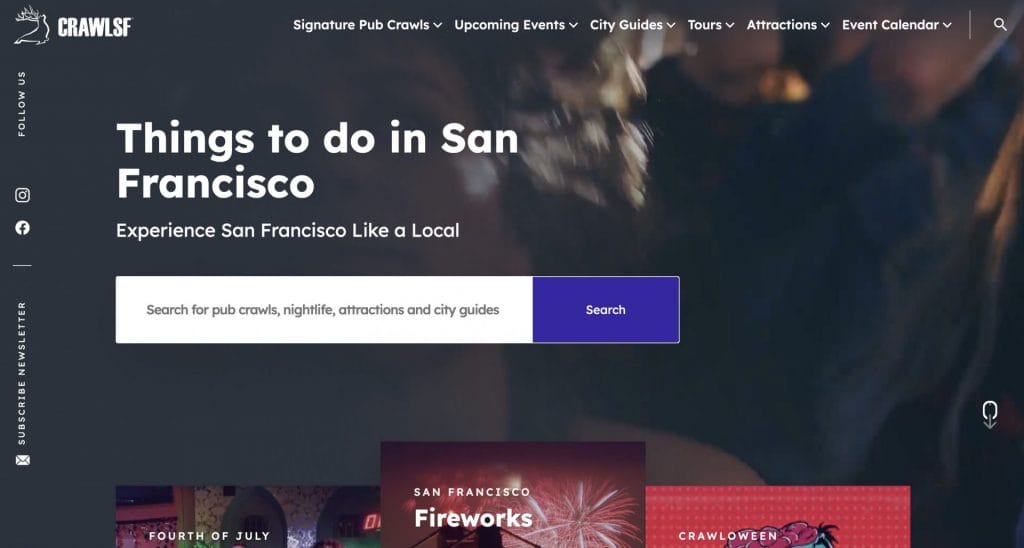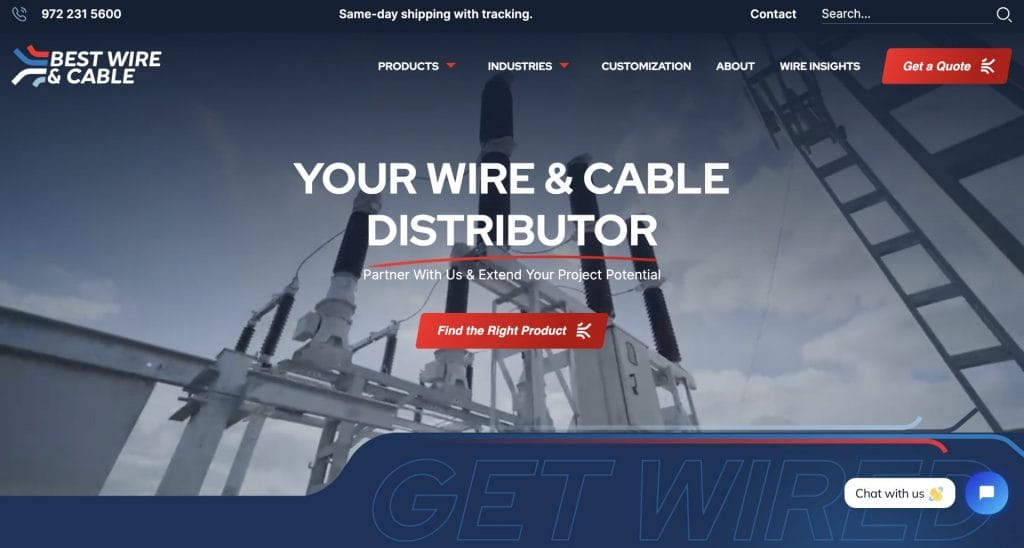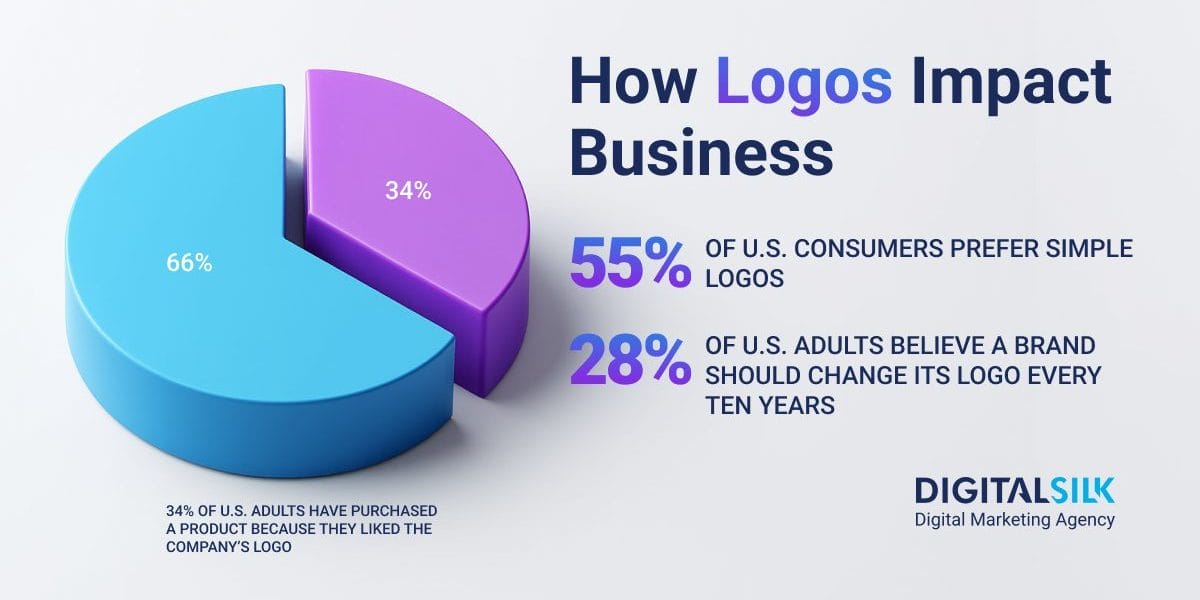Logo Statistics: Key Highlights
-
Half of consumers are more likely to purchase from a brand with a recognizable logo.
-
Blue is the most common logo color among the world’s top brands.
-
60% of consumers would avoid buying from a company if they disliked its logo.
A logo is often the first thing people notice and remember about a brand.
According to recent data, 34% of U.S. adults have bought a product solely because they liked the company’s logo.
That makes logos more than just symbols; they’re key marketing assets that influence purchasing decisions.
The following logo statistics and trends reveal just how much impact a well-designed logo can have on consumer behavior and brand performance.
General Logo Statistics
Logos play a subtle but powerful role in shaping how people perceive and connect with a brand.
Whether it’s sparking curiosity, signaling professionalism or evoking trust, the design of a logo can speak volumes before a single word is read.
Consumers form opinions quickly, often within seconds, based on visual cues alone.
The statistics below highlight just how much influence logos have in everyday brand interactions:
- The human brain can recognize images presented for as little as 13 milliseconds.
- 14% of adults in the U.S. believe a brand should never change its logo.
- 28% of adults in the U.S. said that a brand should adjust its logo once every ten years.
- 56% of Gen Z consumers have purchased a product because the company had an interesting logo.
- 55% of adults in the U.S. said they prefer simple logos.
- 52% of adults in the U.S. said they prefer logos with bold colors over those with neutral colors.
- 49% of adults in the U.S. said they prefer realistic logos over abstract ones.
- 13% of U.S. adults said a company’s logo plays a significant role in their grocery shopping decisions.
- 69% of U.S. adults would pick up a phone call if their phone displayed a logo they recognize.
- 89% of users are more likely to remember logos shown in the traditional top-left position than logos placed on the right.
- 28% of respondents in a survey said that creating an attractive logo should be an absolute priority for businesses.
- 60% of consumers said they would avoid buying from a company if they don’t like its logo.
- Over 50% of small business owners are ready to spend less than $100 on a logo.
What These Numbers Mean For You
- A recognizable logo builds trust. Customers are more likely to engage with a brand they instantly recognize, even if they know little about it.
- Simplicity often wins in design. People gravitate toward clean, clear logos that are easy to remember and visually appealing.
- First impressions happen fast. Since visuals are processed almost instantly, your logo can shape perceptions before any words are read.
How Digital Silk Crafts Logos That Stand Out
At Digital Silk, we design logos that do more than look good — they define brands, drive recognition and resonate with the right audiences.
Below are a few examples of how our strategic logo work has helped clients stand out across industries:
CrawlSF
As part of a broader rebranding effort, we began by analyzing industry trends and competitor visuals to identify how CrawlSF could carve out a distinct space in the San Francisco events market.

Using those insights, we developed a bold, modern logo that captured the brand’s playful, energetic personality while appealing to both locals and tourists.
The final design became a central element of CrawlSF’s refreshed identity, bringing cohesion and recognition across all digital and print touchpoints.
Best Wire & Cable
To support Best Wire & Cable rebrand, we developed a bold new logo for a wiring solutions provider, drawing inspiration from the intricate, varied nature of their products.

The design features colorful lines and subtle retro-modern touches that reflect both versatility and technical depth.
The updated visual identity reinforces their core message of flexibility and expertise, and is now used consistently across their website, packaging and marketing materials.
BIWIN
To give BIWIN a distinctive edge in the competitive storage and memory market, we designed a modern, gamer-oriented logo tailored to attract high-end users such as content creators and tech-savvy consumers.

Beyond the logo, we led a comprehensive brand development process, establishing a clear brand framework and delivering a detailed style guide to ensure a strong, consistent rollout across product lines and digital marketing efforts.
Logo Color Statistics
Color isn’t just an aesthetic choice, it’s a strategic branding tool that can influence memory, emotion and trust.
From evoking certain feelings to standing out in a crowded market, the right color combination can make a logo instantly recognizable.
Top brands consistently rely on specific color palettes to create strong visual identities.
The stats below show how color choices impact logo design and brand recognition:
- Color can increase brand recognition by 80%.
- 33% of the world’s top brands have blue in their logo.
- Black or grayscale are the second most popular logo color option among top brands, at 28%.
- About 95% of the world’s 100 top brands use only two colors in their logos.
What These Numbers Mean For You
- Color choice directly affects brand recall. The right color palette can make your brand easier to remember and more appealing.
- Blue remains a safe and popular choice. Many global brands rely on it to project reliability and professionalism.
- Minimal color palettes are more effective. Limiting your logo to one or two colors makes it easier to reuse, stay consistent and fit cleanly into your brand kit.
Facts About Famous Logos
Some logos are etched into public memory as strongly as the products they represent.
From clever design elements to jaw-dropping redesign costs, the world’s most recognizable logos often come with remarkable backstories. They’re proof that branding is as much about emotion and recognition as it is about design.
These statistics offer a glimpse into the legacy and value behind famous logos:
- The most recognizable logo by consumers in the U.S. is the Apple logo.
- British Petroleum (BP) paid $211 million for its Helios logo.
- The Google logo didn’t cost the company anything, as it was designed using the free image editor GIMP.
- Nike paid only $35 for its famous Swoosh logo in 1971.
- The latest Pepsi logo update cost $1 million.
- 42% of consumers in the U.S. said they were aware of the Pepsi logo change.
- The FedEx logo has won over 40 awards since it was first designed in 1994.
- The oldest logo still in use is the Stella Artois logo, which was designed in 1366.
What These Numbers Mean For You
- Logo design is a long-term investment. Whether cheap or expensive, great logos deliver value over time through recognition and consistency.
- Logo changes get noticed. Consumers pay attention when a major brand updates its logo — sometimes with positive reactions, sometimes with critical ones.
- Legacy logos tell a brand story. Maintaining consistent design elements over time can reinforce a brand’s heritage and credibility.
Design A Custom Logo With Digital Silk
While trends in branding come and go, the importance of a strong logo remains constant.
These logo statistics reveal how deeply logos influence everyday decisions, often without consumers even realizing it.
A logo doesn’t just represent a company — it communicates values, builds emotional connections and sets brands apart in crowded markets.
As branding becomes more competitive, understanding the data behind logo design is more valuable than ever.
Digital Silk is a full-service digital marketing agency that creates custom logos aligned with your brand’s vision, identity and audience. Our in-house team of strategists and designers work together to deliver logos that drive recognition and reflect your company’s core values.
Other services we offer include:
Contact our team online, call us at (800) 206-9413 or fill in the Request a Quote form below to schedule a consultation.
"*" indicates required fields



